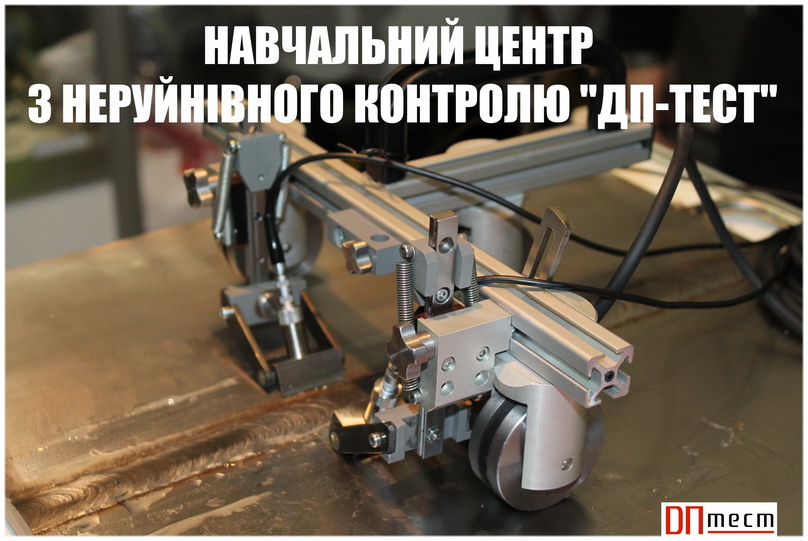Actuality of theme
At present, special attention is paid to automation of the processes of measuring control of product parameters, since the level of automation largely determines the economic costs and the quality of management of various technological processes. When creating modern measuring systems it is necessary to focus on the use of specialized devices, which in turn introduces certain additional difficulties in the design of automated control devices for many product parameters.
In a number of industries it is necessary to control the homogeneity of the electrophysical properties of conductive materials in products of complex forms. The heterogeneity of the conductive material is most often determined by the presence of defects that arise in the manufacturing process in violation of the production technology. For detected defects it is important to know both the volume and their orientation in space (local or elongated along the axis or radius). Rejection of products with detected defects is carried out according to the size of detected heterogeneity of the controlled material of the product.
The task of control is that when the object is controlled relative to the converter on the elements of the signals to draw a conclusion about the location of the defect in the volume of the product, its nature and size.
The volume of the defect is determined, first of all, by the amplitude of the signal. Signal the specific element of the converter depends on its location relative to the defect. Case where the defect is placed directly under one of the elements - the simplest. The volume of the defect can be judged directly in the amplitude of the signal from this element. If the amplitude of the signal exceeds the set threshold level, the defect is inadmissible the volume and object of control must be rejected. But if the same defect of inadmissible volume is located between the elements of the converter, the amplitude of the signal of each of them will be less than in the previous case, and may not exceed the threshold level, and the product must be rejected. Therefore, the development of an algorithm for the processing of data obtained with the help of differential converters, which allows to determine the volume of the defect regardless of its location relative to the elements of the converter, an urgent task of non-destructive testing.
The purpose and objectives of the study
The purpose of the research is to develop an automated system of eddy current control and simulation of signal formation processes in the system object control - eddy current converter
- Run simulation of eddy current fields in object control
- To substantiate the general structure of the system of eddy current control of products of complex geometry
Object of study
The object is the process of automated non-destructive control of products of complex geometry by means of eddy current defectoscopy.
Subject
Methods and tools for automated eddy current control of products of complex geometry
Scientific novelty
- The structure of the automated eddy current control is proposed, which combines the technical vision, eddy current control and industrial work into a single complex of means for the achievement of the sole purpose of defectoscopy of complex geometry products from conductive materials of complex shape and defect coordinate definitions
- Modeling. Adapted the program to the task of calculating the parameters of field elements of vortex currents in the complex control object
The general requirements for systems of robotic eddy current control of products are formulated.
Research advisor: prof. Kuts Y.









